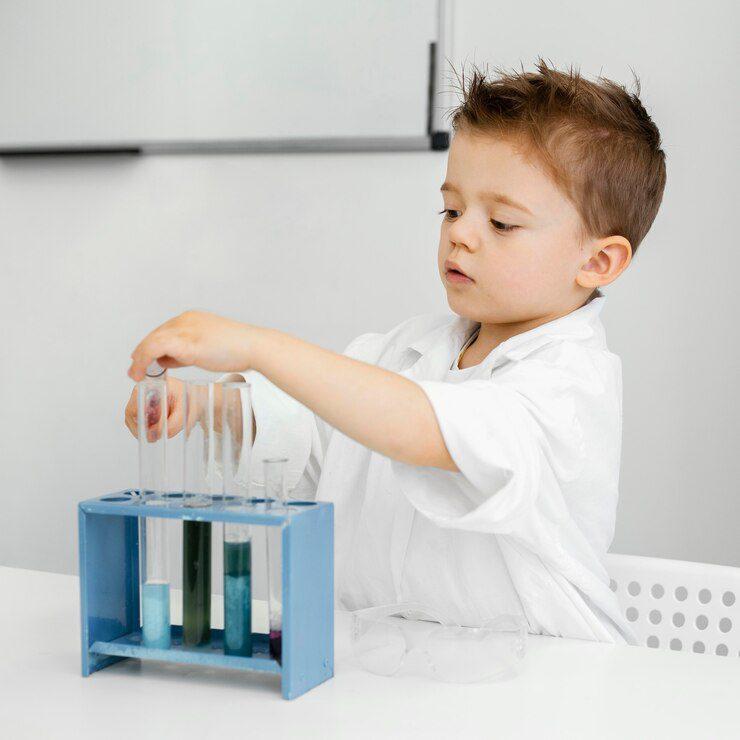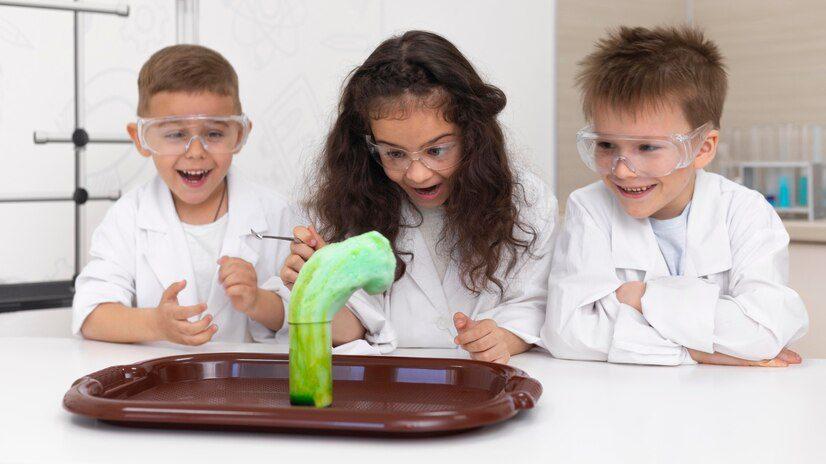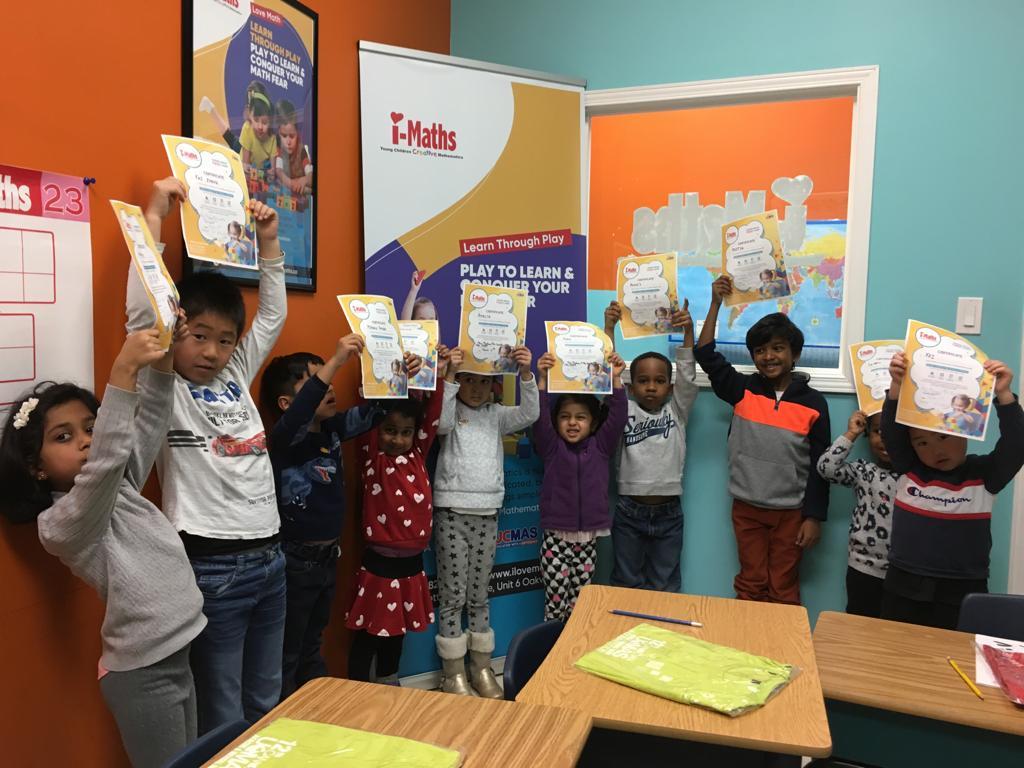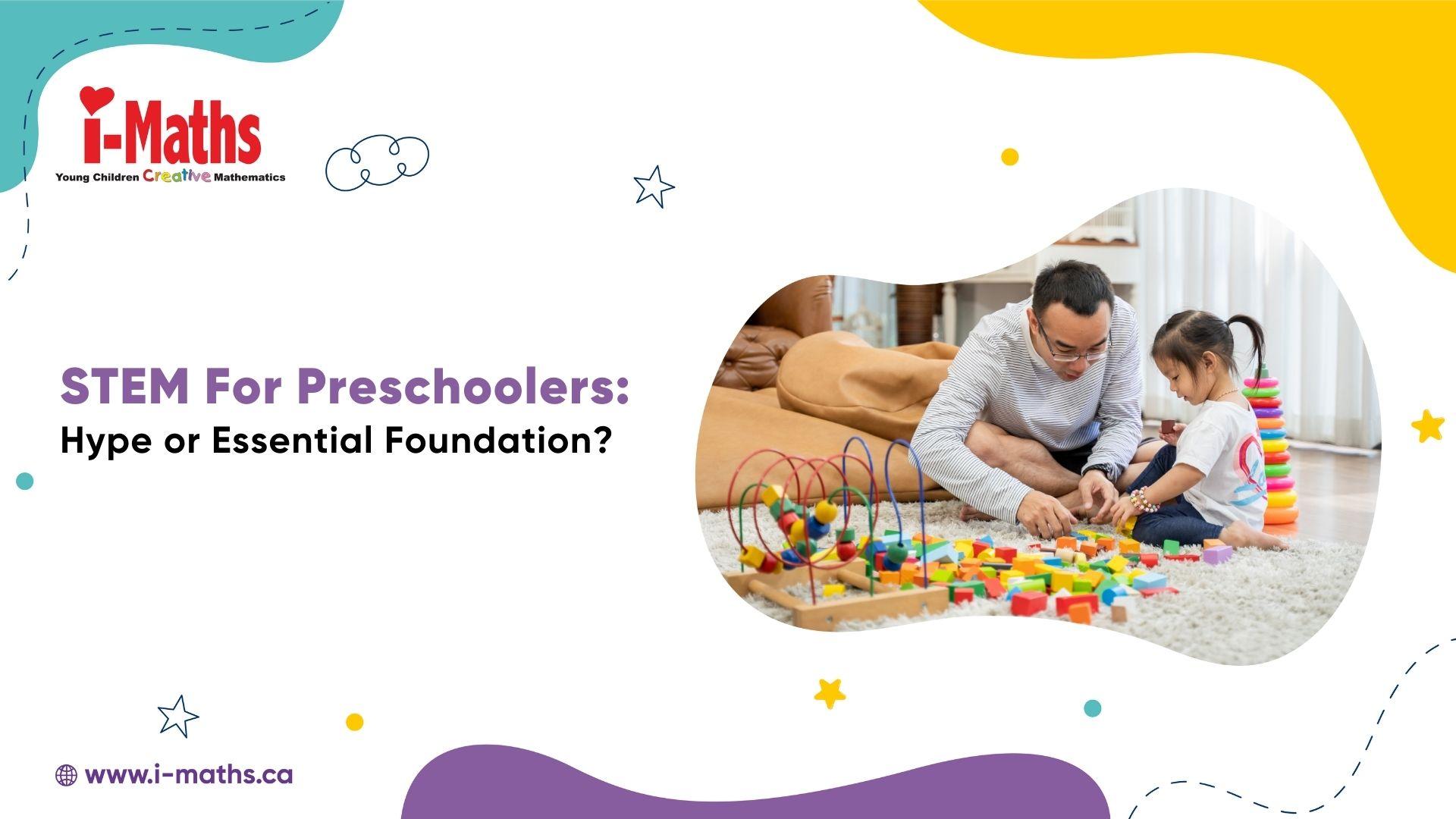When you think about preschool education, the first few things that come to mind are ABCs, shapes, colors, and lots of finger painting. But did you know preschool is also the perfect time to introduce children to the basics of STEM? Yes, STEM—short for Science, Technology, Engineering, and Math—can be both fun and foundational when incorporated into preschool learning.
This blog will help you explore what STEM is, how to include STEM activities in preschool learning, and why it benefits young minds.
What is STEM?

STEM is an interdisciplinary approach to learning that integrates Science, Technology, Engineering, and Math. Instead of teaching these subjects in isolation, STEM combines them to help children understand how they work together in the real world.
For example:
- Science might involve observing insects in the garden.
- The technology could be learning to use a simple educational app.
- Engineering can involve building a tower with blocks.
- Math might mean counting how many blocks were used to build the tallest tower.
For preschoolers, STEM isn’t about complex formulas or coding languages. It’s about fostering curiosity, problem-solving, and hands-on exploration.
How to Include STEM Activities in Preschool Learning
Incorporating STEM into a preschool curriculum might sound daunting, but it’s simpler than you think. Here are some ideas:
1. Everyday Explorations
STEM is everywhere—on your breakfast table, in the park, or even during bath time. Observing how ice melts in water can introduce basic science concepts while using a timer to measure how fast a task is completed introduces technology. Building bridges with pillows or stacking blocks can lay the groundwork for engineering skills, and counting steps on a walk or sorting leaves by size connects math to the world around them.
2. The Power of Questions
Young children are naturally curious; their questions are a fantastic gateway to STEM learning. Encouraging them to explore what happens when colors mix or how much flour fills a cup promotes critical thinking and problem-solving. Engaging in these conversations makes learning interactive and meaningful.
3. Introduce STEM Through Play

Play is another powerful way to incorporate STEM. Simple experiments like creating a baking soda volcano or growing a bean plant captivate young minds. Toys such as Lego bricks, magnetic tiles, or puzzles enhance creativity and engineering skills, while educational apps designed for preschoolers introduce technology in a fun, age-appropriate way.
4. Engage with Nature
Nature also serves as an incredible STEM classroom. A walk outdoors offers endless opportunities to identify shapes in clouds, count petals on flowers, or build mini dams in puddles. Children can collect rocks and compare their textures and weights, sparking curiosity about the natural world.
5. Integrate Math with STEM
Mathematics is the backbone of STEM, and math learning programs are designed to make math fun, engaging, and easy to understand. For preschoolers, such programs introduce activities that build foundational math skills while sparking curiosity.
Here are some ways early math learning programs integrate STEM:
- Pattern Recognition: Children identify patterns using shapes and colors, a critical skill in coding and logical thinking.
- Counting Games: Fun activities that involve sorting, grouping, and counting help connect math to everyday life.
- Problem-Solving Puzzles: Simple challenges help children develop engineering and logical reasoning skills.
Incorporating math into preschool activities gives them an early head start in understanding and enjoying STEM.
Benefits of Introducing Your Child to STEM Early
Why should you start STEM learning so early? Here are some compelling reasons:

Develops Critical Thinking Skills
STEM activities encourage children to ask questions, analyze problems, and think creatively about solutions. This mindset prepares them for real-world challenges.
Encourages Curiosity and Exploration
STEM activities tap into a child’s natural curiosity. Exploring how plants grow or why the moon changes shape fosters a love of learning.
Builds Resilience
STEM involves trial and error. If the block tower falls, they’ll try again until it stands tall. This teaches children to embrace mistakes and keep trying.
Enhances Math and Literacy Skills
STEM activities often involve counting, measuring, and problem-solving, building a strong foundation for math. Reading instructions or discussing findings also strengthens literacy skills.
Prepares Them for the Future

With technology evolving rapidly, STEM education equips children with skills they’ll need for future careers. Starting early gives them a significant advantage.
Encourages Collaboration
Many STEM activities are best done in groups, teaching preschoolers how to work together, share ideas, and respect others’ opinions.
Want to Learn How Children Learn Through Different Growth Stages?
Including STEM activities in preschool learning is easier and more rewarding than you might think. From simple experiments at home to hands-on activities, there are countless ways to inspire curiosity, creativity, and problem-solving in young minds.
Introducing STEM early gives your child the tools to thrive in a rapidly changing world. With sophisticated programs like STEM for preschoolers, you can ensure they have fun while building a strong foundation in their academics.
Why Choose i-Maths for Your Preschooler’s STEM Journey?

i-Maths is a math-based program tailored to ignite curiosity and excitement in young minds. Our classes combine hands-on preschooler activities, problem-solving exercises, and interactive lessons that make math and STEM for preschoolers accessible and enjoyable.
Here’s why parents love i-Maths:
- Engaging Curriculum: Lessons are designed to suit the developmental stage of preschoolers.
- Focus on Fun: Games and activities ensure learning never feels like a chore.
- STEM Integration: Math concepts are connected to real-world STEM scenarios, making learning meaningful.
- Individual Attention: Small class sizes allow for personalized teaching.
Parents play an indispensable role in their child’s early learning stages.
With i-Maths, you’re not just teaching your child math—you’re nurturing a lifelong love for learning.
So why wait? Let’s turn your preschooler’s curiosity into confidence and their playtime into a pathway to lifelong learning.
Are you ready to spark your child’s love for math and STEM? Enroll in i-Maths today and watch their curiosity soar!

